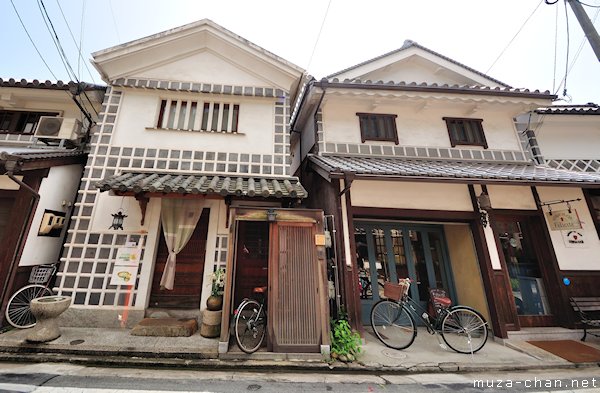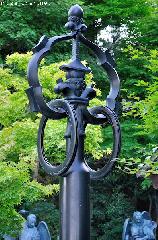Because the traditional Japanese house, built from wood and paper, was completely unprotected against fire, the supplies and valuables were kept in a storehouse (kura in Japanese). Kura was also made of wood, but the walls were covered with clay and finished with plaster coating. Thus, these walls were quite resistant to fire, but they were sensitive… to rain…
Facing this dilemma, starting with the second half of the Edo Period, the Japanese builders developed a technique to make the kura resistant to water by covering the walls with charcoal tiles, with the seams covered by thick plaster. A funny fact, the name under which this new technique became known is namako, which is Japanese name for… sea cucumber. Why? Because with the technology available at the time, seen from up-close, the thick plaster joint was looking like the sea cucumber… (^_^)
Click on photo for higher resolution:
EXIF Info:
| Nikon D90 |
| Lens: 8-16mm F/4.5-5.6G |
| Focal Length: 8mm |
| Aperture: F/5.6 |
| Shutter Speed: 1/500s |
| ISO Sensitivity: ISO 200 |
|
|



